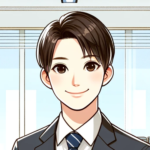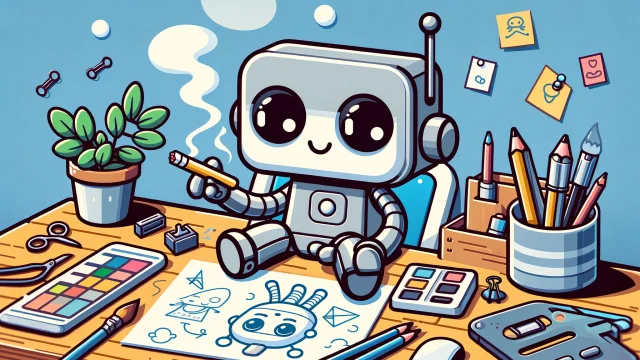Dragon Ball Cosmology: Exploring the Multiverse of the Franchise
Dragon Ball Cosmology: Exploring the Multiverse of the Franchise
The Dragon Ball universe is vast and intricate, filled with multiple dimensions, realms, and deities that govern its workings. As the series evolved, so too did its cosmology, growing from a single world to a multiverse spanning twelve universes, each with its own unique characteristics and hierarchies. This article dives into the cosmological structure of Dragon Ball, exploring its realms, deities, and how it all ties together in the grand narrative.
The Structure of Dragon Ball Cosmology
At its core, the Dragon Ball cosmology is composed of interconnected realms and universes, governed by powerful entities. Here’s a breakdown of its key components:
1. The Universes
- The Dragon Ball multiverse consists of 12 universes, each designated by a number (e.g., Universe 7, which is the primary setting of the series).
- Each universe is paired with another, with their total mortal levels determining their standing. For instance:
- Universe 7 (Goku’s universe) is paired with Universe 6 (Champa’s universe).
2. The Realms Within a Universe
Each universe is divided into specific realms:
- Living World
- The physical world where mortals and other living beings reside, including planets like Earth, Namek, and Vegeta.
- Other World
- A spiritual realm where souls go after death, managed by King Yemma. It includes:
- Heaven: A paradise for virtuous souls.
- Hell (HFIL): A place for evil souls to face punishment.
- A spiritual realm where souls go after death, managed by King Yemma. It includes:
- Sacred World of the Kais
- The realm of the Supreme Kai, who oversee the universe’s creation and balance.
- Demon Realm
- A chaotic dimension housing dark entities, including Dabura, the Demon King.
3. Zeno’s Palace and the Grand Priest
- Zeno’s Palace:
- The home of Zeno, the Omni-King, who governs all 12 universes. Zeno has the power to destroy entire universes with a thought.
- The Grand Priest:
- Zeno’s chief attendant and one of the most powerful beings in existence. He oversees the gods and serves as a liaison between Zeno and the universes.
Key Deities in Dragon Ball Cosmology
1. The Omni-King (Zeno)
- The supreme ruler of all universes, Zeno’s childlike demeanor contrasts his unparalleled power to erase anything at will.
2. The Gods of Destruction
- Each universe has a God of Destruction tasked with maintaining balance by erasing planets or civilizations. Examples include:
- Beerus (Universe 7): Known for his laziness and love of Earth’s food.
- Champa (Universe 6): Beerus’s competitive twin brother.
3. The Supreme Kais
- They are responsible for creation and the nurturing of life within their respective universes.
4. The Angels
- Each God of Destruction is accompanied by an angel who serves as their mentor and guide. Notable angels include:
- Whis: Beerus’s attendant, known for his wisdom and immense power.
- Vados: Champa’s attendant and Whis’s elder sister.
The Multiverse Tournament and Beyond
Tournament of Power
- The Tournament of Power was a multiverse competition held by Zeno, featuring fighters from eight universes.
- Universes with low mortal levels, including Universe 7, were at risk of being erased if they lost.
- The tournament highlighted the diverse cosmology, with fighters like Jiren (Universe 11) showcasing the sheer variety of strength across universes.
Moro Arc and Galactic Patrol
- Expanding cosmology further, the Galactic Patrol introduced a law enforcement element across the universe, and Moro’s backstory tied in ancient, cosmic threats.
Granolah Arc
- The recent focus on the Heeters and Granolah explores new areas of Universe 7, including previously uncharted territories.
Philosophical Elements of Dragon Ball Cosmology
The Dragon Ball cosmology reflects certain philosophical and spiritual themes:
- Balance of Creation and Destruction
- The interplay between the Supreme Kai and Gods of Destruction mirrors Eastern concepts of balance, such as yin and yang.
- Karma and Rebirth
- The Other World showcases the consequences of actions, with souls rewarded or punished based on their deeds.
- Infinite Potential
- The multiverse highlights the boundless possibilities of strength and growth, a recurring theme in Dragon Ball.
Why the Cosmology Matters
The intricate cosmology adds depth to Dragon Ball, providing a grander scale for its narrative. It enriches the stakes of battles, introduces new characters, and ties together the franchise’s themes of perseverance, balance, and interconnectedness.
Conclusion
The Dragon Ball cosmology is a fascinating blend of creative world-building and philosophical depth, evolving alongside the series. From its humble beginnings on Earth to the grandiose multiverse battles, the cosmology has provided a framework for some of the most iconic moments in anime history. Whether you’re a casual viewer or a dedicated fan, exploring the cosmology of Dragon Ball adds a new layer of appreciation for its expansive universe.

